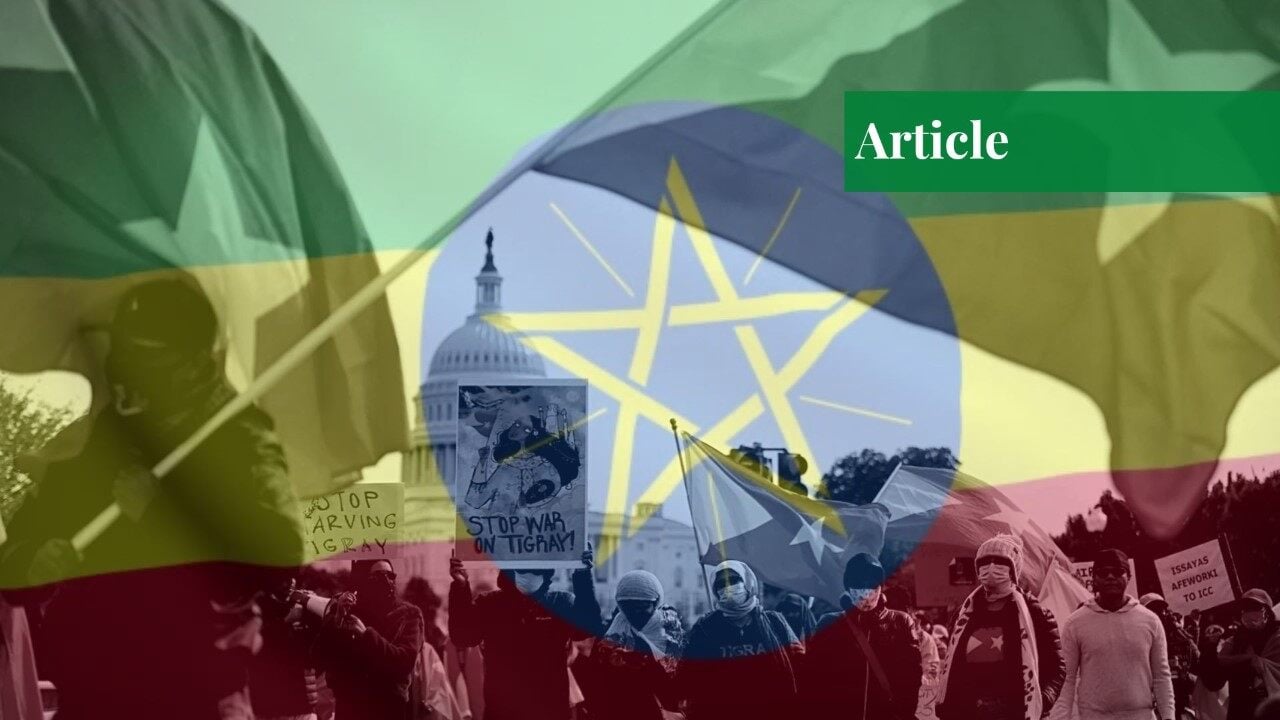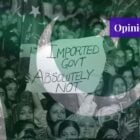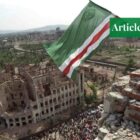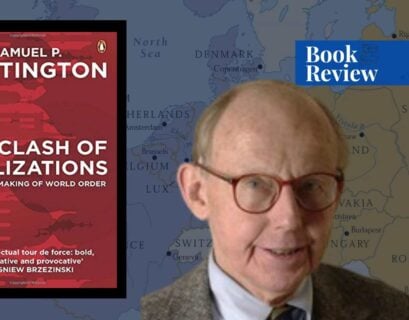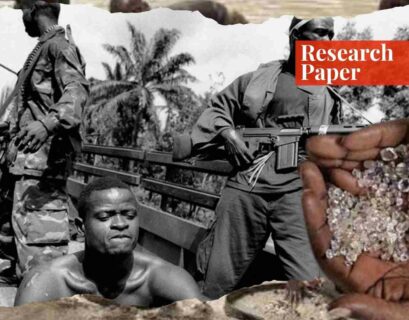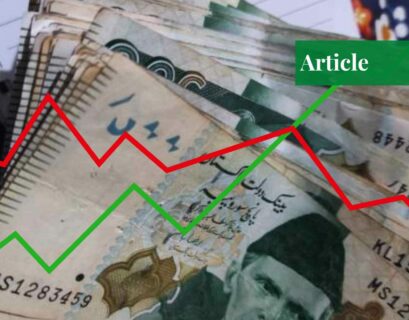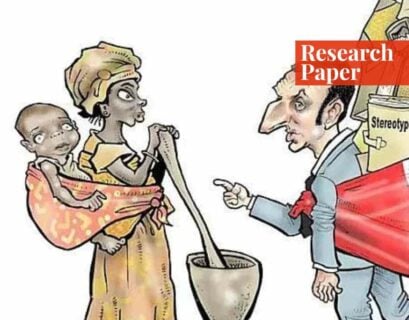Mahnoor Najeeb completed her Bachelor's in Public Policy from NUST. She has a keen interest in global politics and international conflicts.
A Violent History
Ethiopia, the second most populous and ethnically diverse African country, has been at the forefront of war for a decade with Eritrea, its next-door neighbor, and since 2020 is ravaging a bloody civil war with Tigray. This ethnic conflict in Tigray has killed thousands of civilians and fighters, forcing nearly 60,000 people to seek refuge in neighboring countries like Sudan.
The contemporary conflict is a deep-rooted conflict that dates to 1850 when Ethiopia was an empire that absorbed neighboring countries, resulting in an ethnically diverse Ethiopia. The Ethiopian empire was ruled by people of the Amhara group, while other groups were mistreated and considered second-class citizens.
Later, in 1952, with the end of WW2, Ethiopia expanded its boundaries more towards the north and absorbed Eritrea into its borders. Consequently, out of exasperation, a militia was made called the Eritrean People Liberation Front (EPLF) whose sole purpose was to gain independence from Ethiopia.
Years followed and in 1977, Ethiopia was taken over by a communist dictator, Colonel Mengistu Haile Mariam. Once in power, he immediately started a crackdown operation against dissenting groups coupled with a bloody military campaign known as the “Red Terror” that killed thousands of opposition leaders and their supporters. By this time, other militias had also formed the Tigray People’s Liberation Front (TPLF).
The two political movements, TPLF and EPLF, formed a strategic alliance to strengthen their military might. With the increased military influence of militias in the north, Mengistu’s forces increased their crackdown operations, killing numerous civilians in Tigray and Eritrea this time. However, the brutal rule of Mengistu came to an end in 1991 when TPLF and EPLF along with other militia groups had amassed enough military and strategic strength to overthrow a brutal dictator.
With the fall of Mengistu’s regime, Eritrea declared its independence leaving behind TPLF as the most authoritative force in Ethiopia. Melas Zenawi, the leader of TPLF became the first Prime Minister of the Federal Democratic Republic of Ethiopia. To strike a balance between various ethnic groups, he introduced a democratic political system in which each militia was turned into a political party including TPLF. He further segregated the country into ten ethnic-based regional states.
Rise of Abiy Ahmed
Despite being 6% of the population, TPLF along with its allied parties enjoyed an influential stronghold on the political sphere of Ethiopia for the next 30 years until Zenawi died in 2012. In the 2015 elections, TPLF won an allegedly rigged election but could not stay in power for long.
In 2018, in a historic move, the country chose its new leader, Abiy Ahmed. He was the first Prime Minister of Oromo descent, one of the most suppressed groups in Ethiopia. Ahmed had the honor of receiving the Nobel Peace Prize for his tireless efforts towards ensuring peace with Eritrea. The new PM formed a coalition party, known as the “Prosperity Party” and extended an invitation to TPLF which they denied.
TPLF had already experienced a severe political setback, so they saw the 2020 elections as an opportunity to regain political might. However, the elections were delayed by Abiy Ahmed in the wake of the COVID-19 pandemic, marking the start of contentious relations between the federal authorities and TPLF.
In defiance, TPLF declined to accept Abiy’s government and conducted regional elections in Tigray. Abiy responded by stopping federal funding and TPLF retaliated by taking over a federal military base. Ethiopia was engulfed in a civil war that lasted for two years.
Peace Deal
In a surprising diplomatic breakthrough on November 2nd, 2022, a peace agreement has been achieved between the two warring parties: TPLF and the Ethiopian government. The talks were held in South Africa and mediated by the African Union (AU). On 7th November, representatives from the Ethiopian military and officials from the Tigray region met in Kenya to discuss the implementation guidelines of the ceasefire.
Ethiopian National Security Advisor and a top negotiator, Redwan Hussain, is optimistic about the implications of the agreement. In his recent tweet, he said that the Nairobi meeting ensures “safety & expedites humanitarian flow to areas hitherto inaccessible.” Getachew Reda, a representative of the Tigray forces also shares similar viewpoints, stating that “We are fighting not because we are a trigger-happy nation but because our survival as a people is at stake. If a peace agreement can ensure our survival, why not give it a try?!”
The agreement sheds light on different aspects of war and makes an effort to mitigate the underlying causes of violence in the region. Some of the aspects of the truce are as follows:
Ceasefire and Restoring Constitutional Order
Both sides have agreed to end hostilities inclusive of extreme violence, aerial attack, sabotage, malicious propaganda, and hate speech. They have also agreed that they will not collude with any external forces that are aggressive to either party.
The federal authority and institutions will be re-established in war-torn Tigray, and the government has a binding responsibility to include Tigray in federal institutes, especially in the parliament.
Demilitarization
TPLF has agreed to entirely disarm itself within 30 days and enter into a disarmament, demobilization, and reintegration (DDR) program. In addition, there will be a single defense force in Ethiopia, and the Ethiopian military will return to the regional capital of Tigray, Mekelle.
Recognition and Fresh Elections
According to the deal, a new interim government will be appointed in Tigray until new elections are held. The federal government will also lift TPLF’s designation as a “terrorist group” and initiate political dialogue.
Aid and Human Rights
Both parties will protect the devastated communities and abide by international humanitarian law. Ethiopian authorities shall work with international humanitarian agencies to ensure the speedy provision of aid to Tigray.
The government will also facilitate the settlement of internally displaced people and ensure the restoration of essential services in Tigray. The agreement also introduces a new “transitional justice policy” that ensures reconciliation, healing, accountability, and rehabilitation of victims.
Monitoring
A supervisory committee will be made to monitor the effective implementation of the agreement. The committee will be headed by African Union (AU) and will include prominent officials from the Ethiopian government, the TPLF, and the Intergovernmental Authority on Development (IGAD) in East Africa.
Conclusion
Despite the fruitful progress, some analysts are still skeptical about its success because of the immense challenges posed by regular skirmishes, political turmoil, and territorial disputes. Moreover, the absence of Eritrea, a ferocious party and an ally of the Ethiopian forces in the civil war, from the peace talks is concerning for many.
Representatives from the Ethiopian Amhara region, another important stakeholder in the Tigray conflict, were also missing during the agreement. Their stakes in the conflict are high, as Eritrea has deep-rooted animosity for TPLF and wants them wiped out from the Horn of Africa. Similarly, the people of Amhara descent are adamant to take control of the disputed territory and express absolute distrust of TPLF forces and Ethiopian authorities.
Another reason why some individuals are not optimistic about the deal is that this is the second time that the warring parties have suspended hostilities. Earlier, a 5-month ceasefire was achieved by the government in March but it miserably failed with renewed strikes and violence in early August. Even though there are enormous stumbling blocks to the peace process, there is still hope that the renewed peace talks will cease hostilities under the leadership of Abiy Ahmed.
If you want to submit your articles and/or research papers, please check the Submissions page.
The views and opinions expressed in this article/paper are the author’s own and do not necessarily reflect the editorial position of Paradigm Shift.
